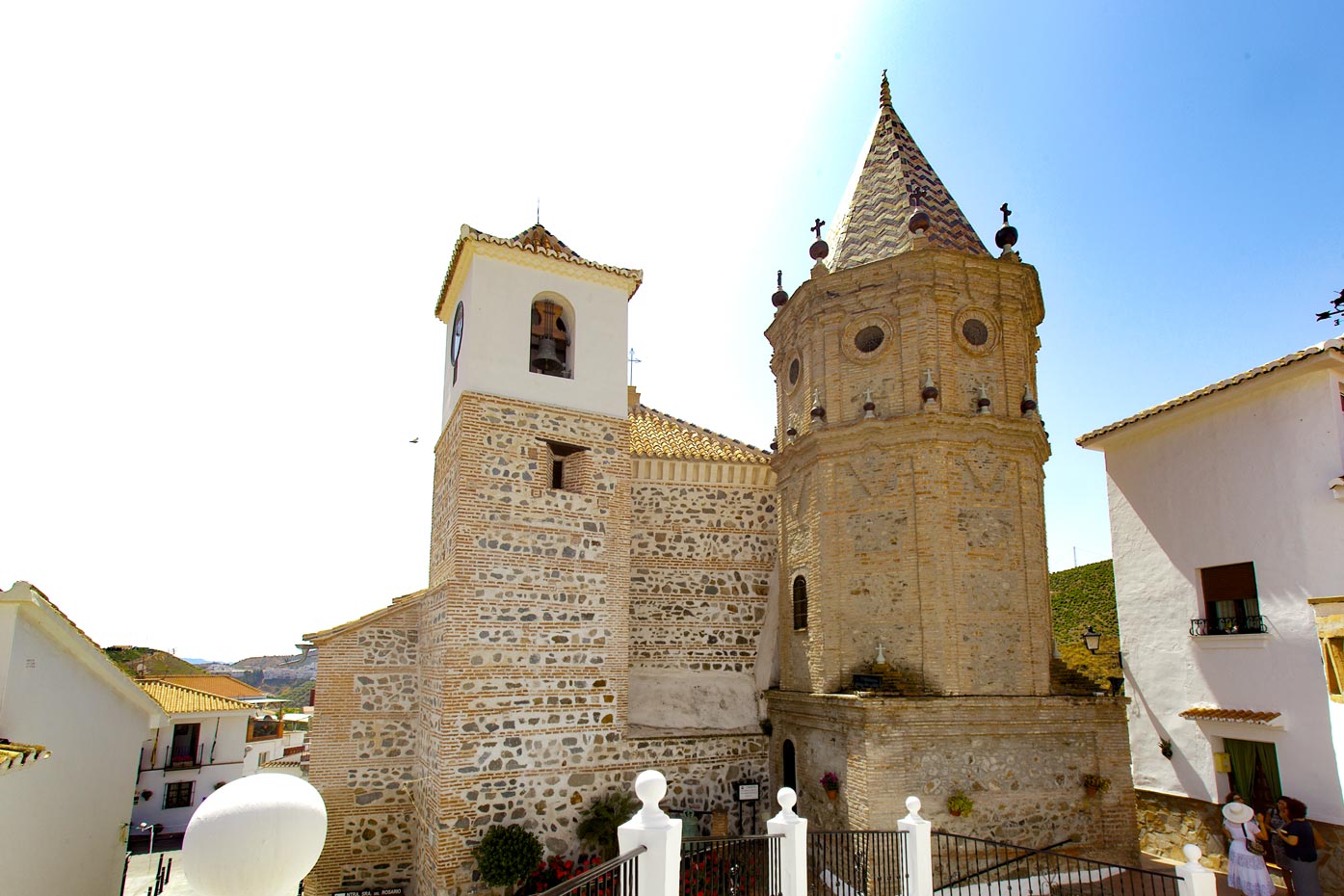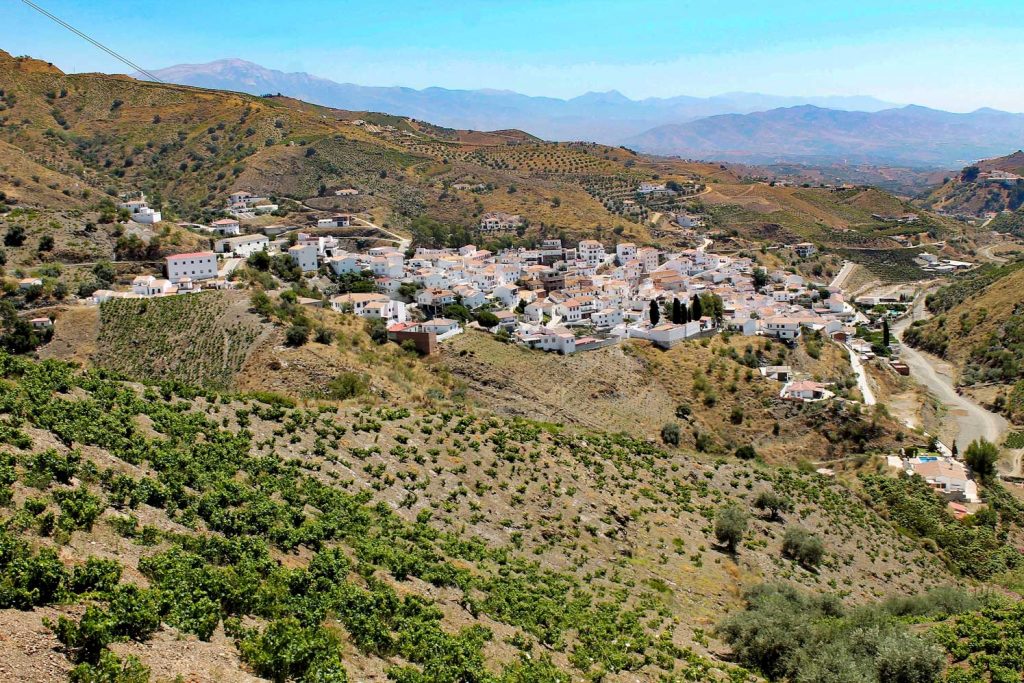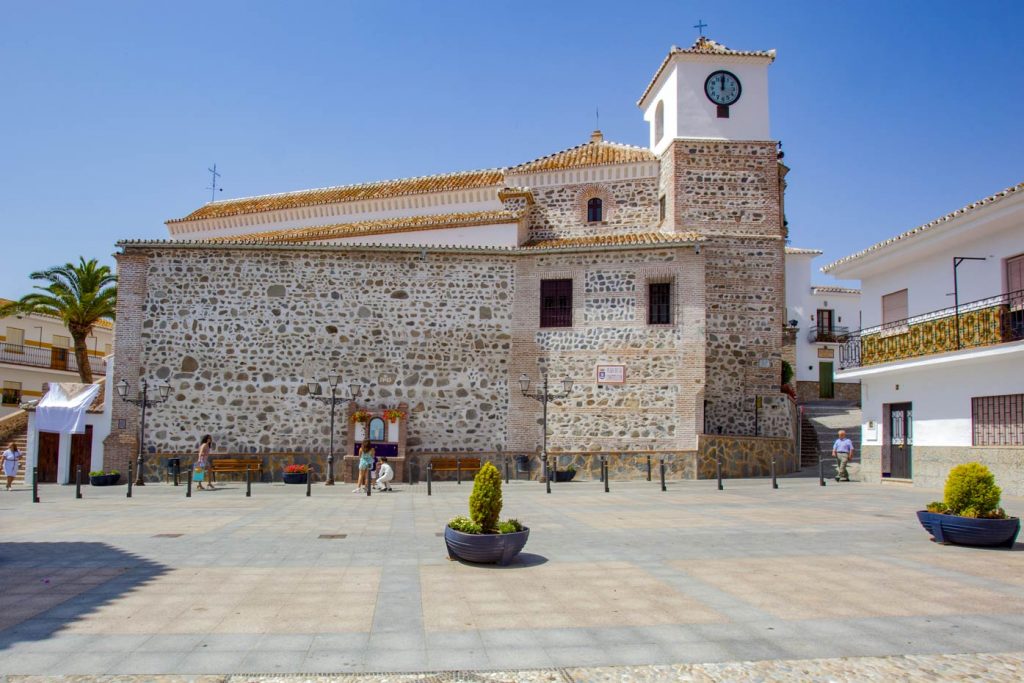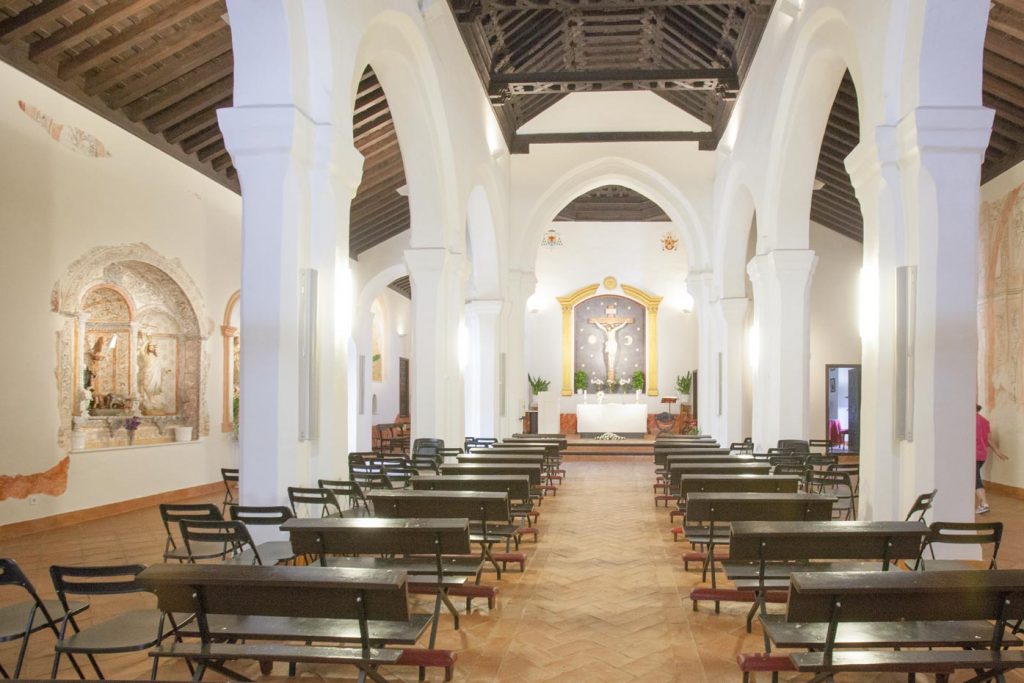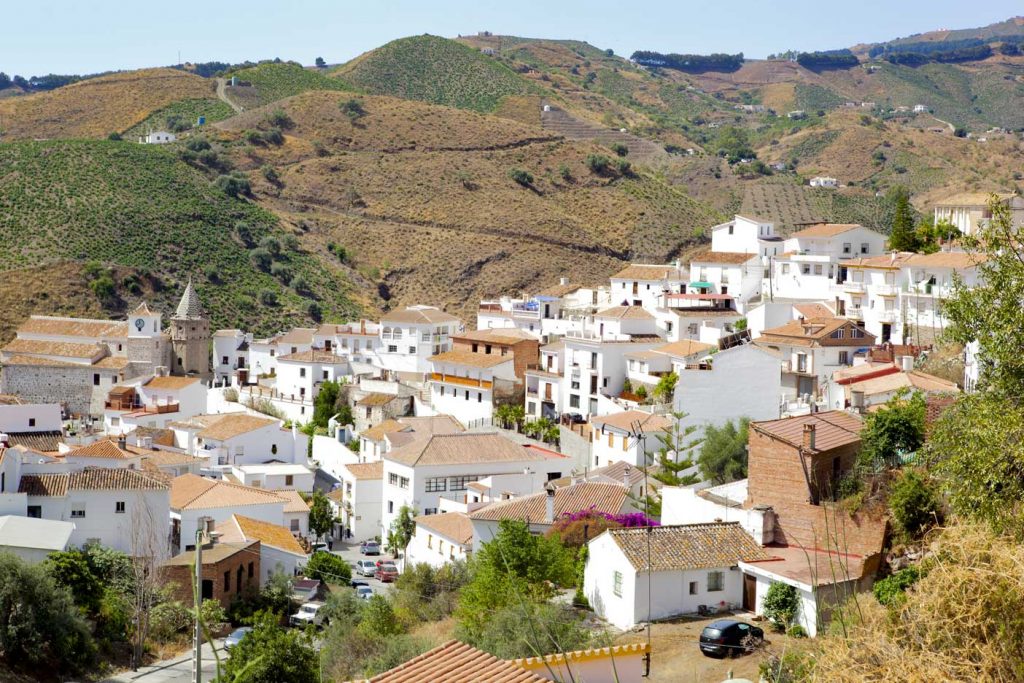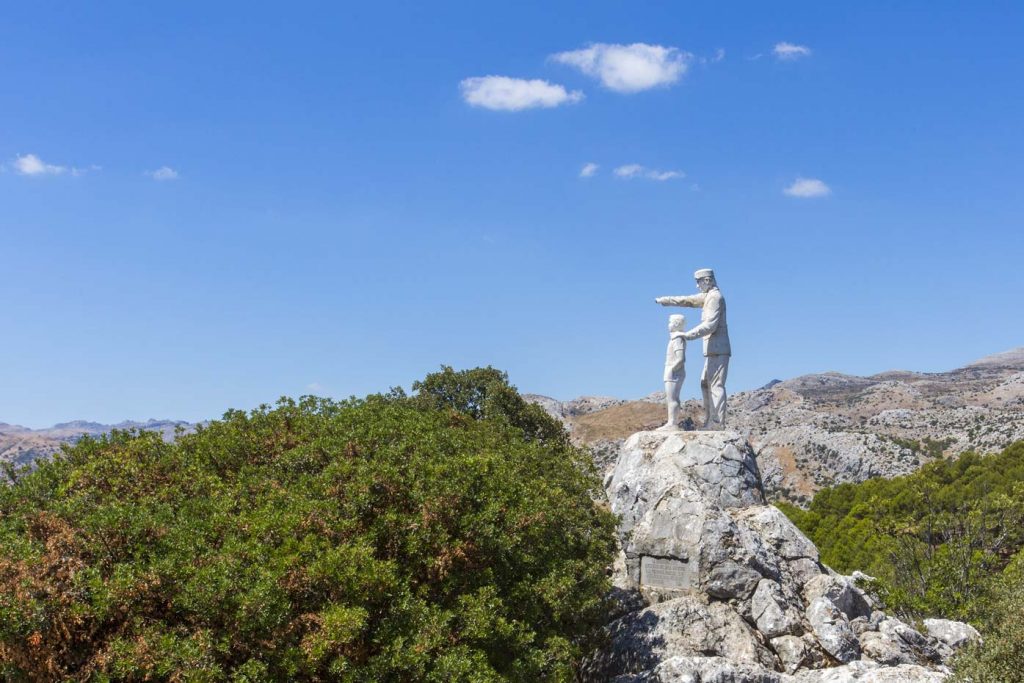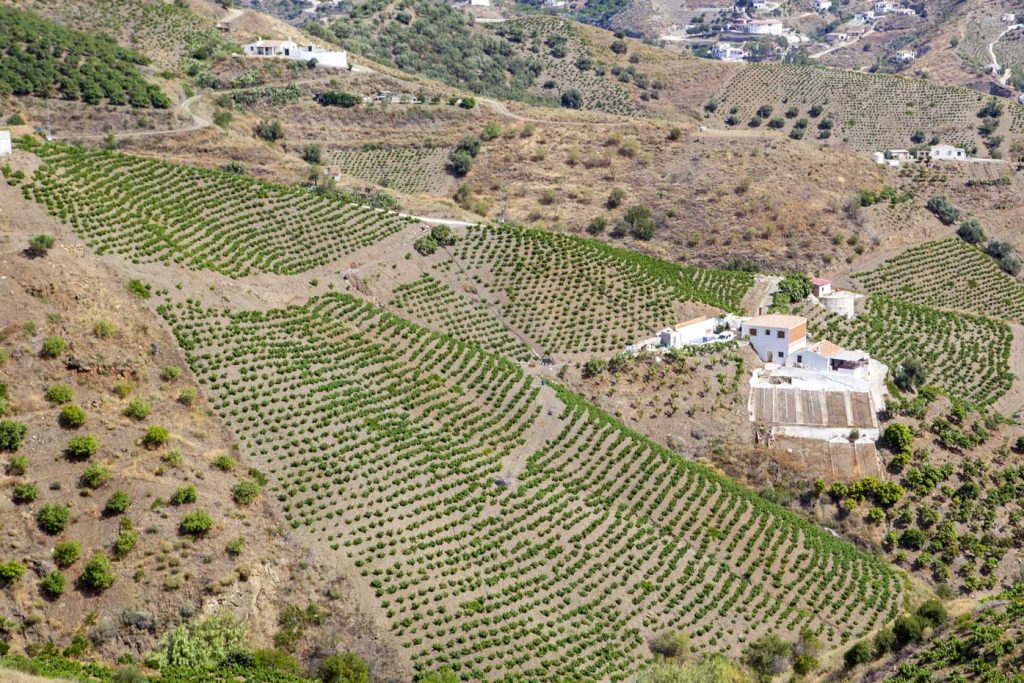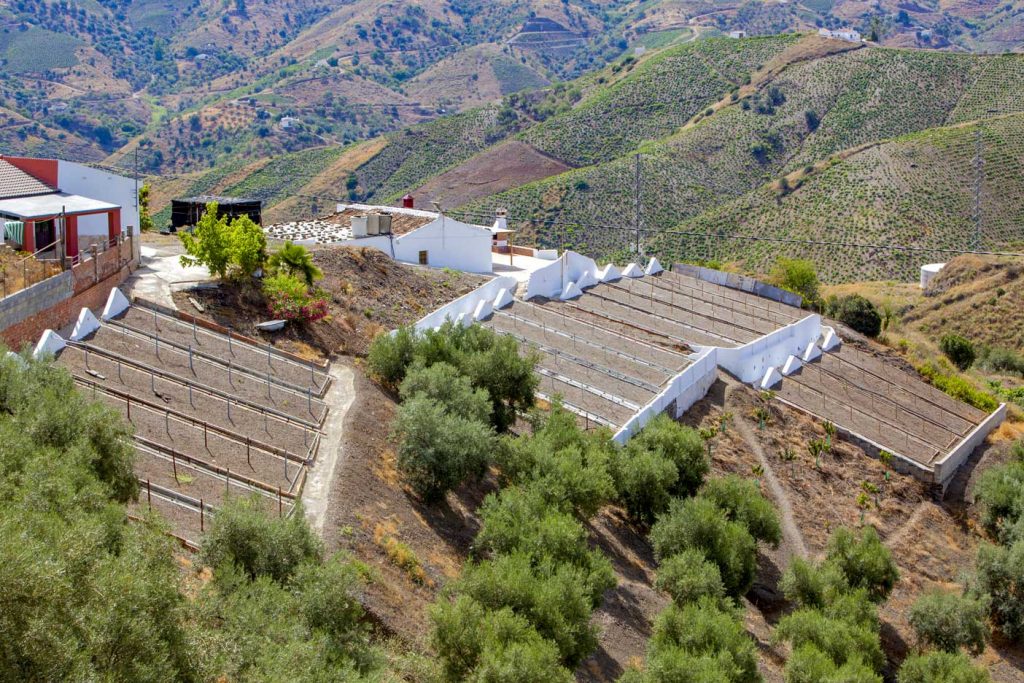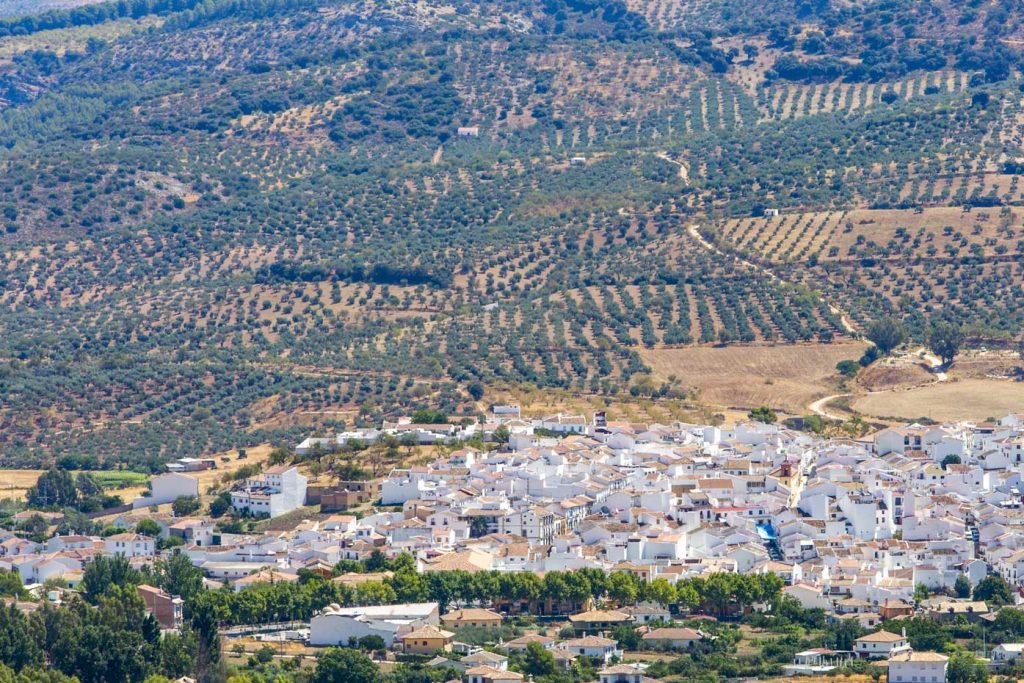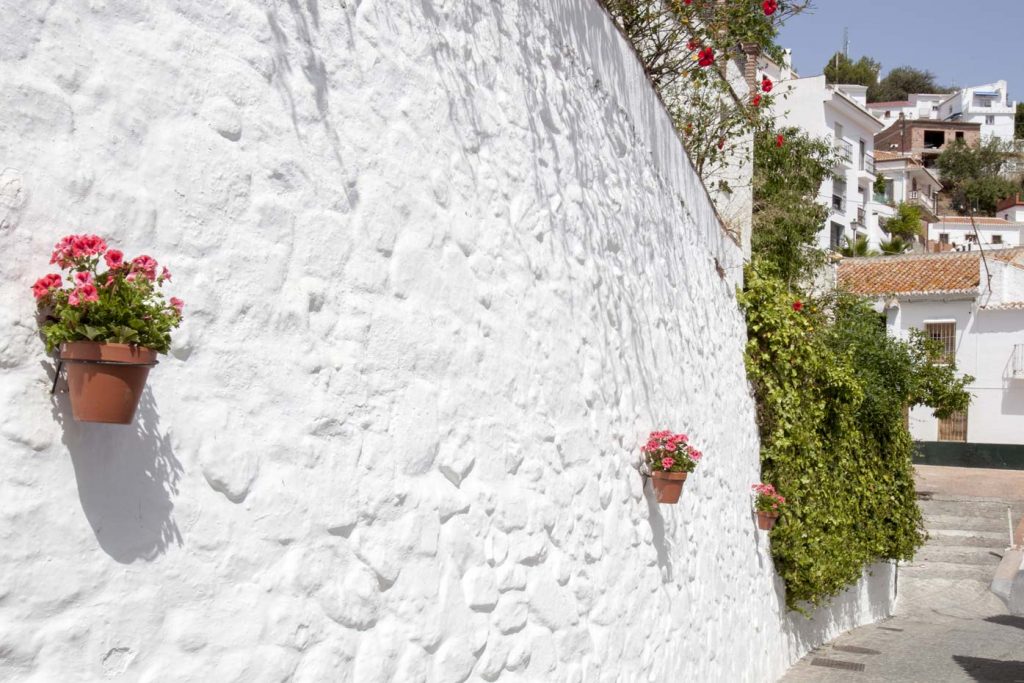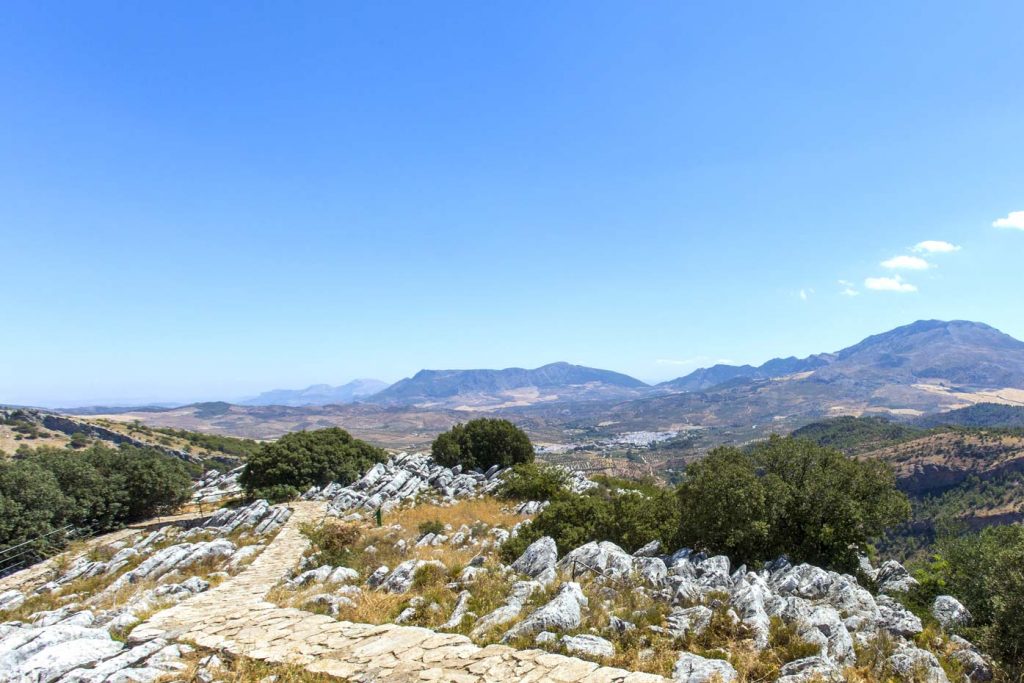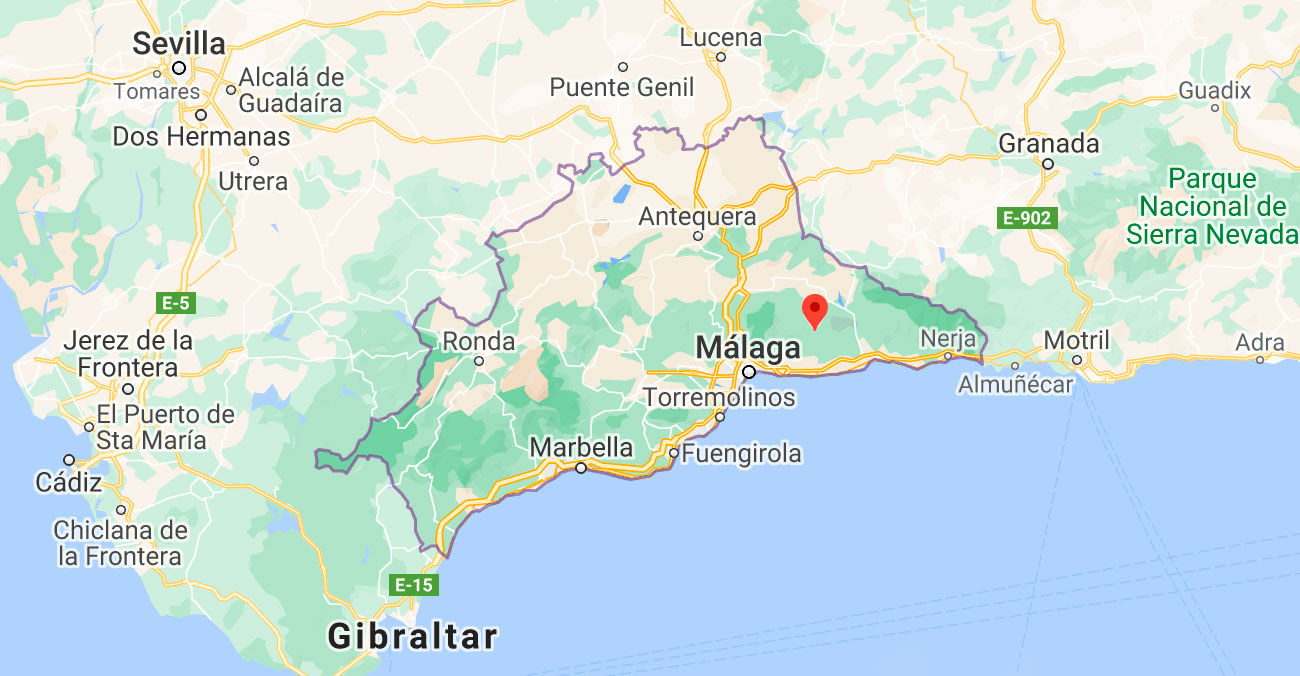History
Surrounded by vineyards and traditional farmhouses, El Borge is the undisputed capital of raisins. The municipality extends across the border territory between the Axarquía region and the Montes de Málaga, offering a rural landscape that time has not been able to alter.
In this town of Arab origin, the white of its houses predominates in contrast to the colorful flowers that adorn windows and balconies.
El Borge is also a reference point to learn about the phenomenon of Andalusian banditry.
Monuments
El Borge has one of the most original religious buildings in Axarquía: the church of Nuestra Señora del Rosario. Built in the 16th century, it is a combination of late Gothic and Renaissance styles with Mudejar and Baroque elements. The temple, declared a Monument of Andalusian Historical Heritage, highlights its 18th century dressing rooms, its wooden framework and its tower with a glazed ceramic roof.
Walking through the town you will find the Cuerno fountain, of Arab origin, and the Vendimia fountain, whose waters come from the Fuensanta spring. The latter, located near a typical winepress, is decorated with the sculpture of a grape harvester.
At the entrance to the town stands the Arco de la Pasa, which pays tribute to the most typical product of El Borge. The monument includes two murals dedicated to the famous theologian Martín Vázquez Ciruela and the Arab doctor and botanist Ibn-Baitar.
The Rinconcillo neighborhood is another must-visit place due to the peculiarities of its urban layout. It is here where you can best appreciate how popular architecture adopts effective solutions to overcome the irregularities of the mountainous terrain of El Borge.
